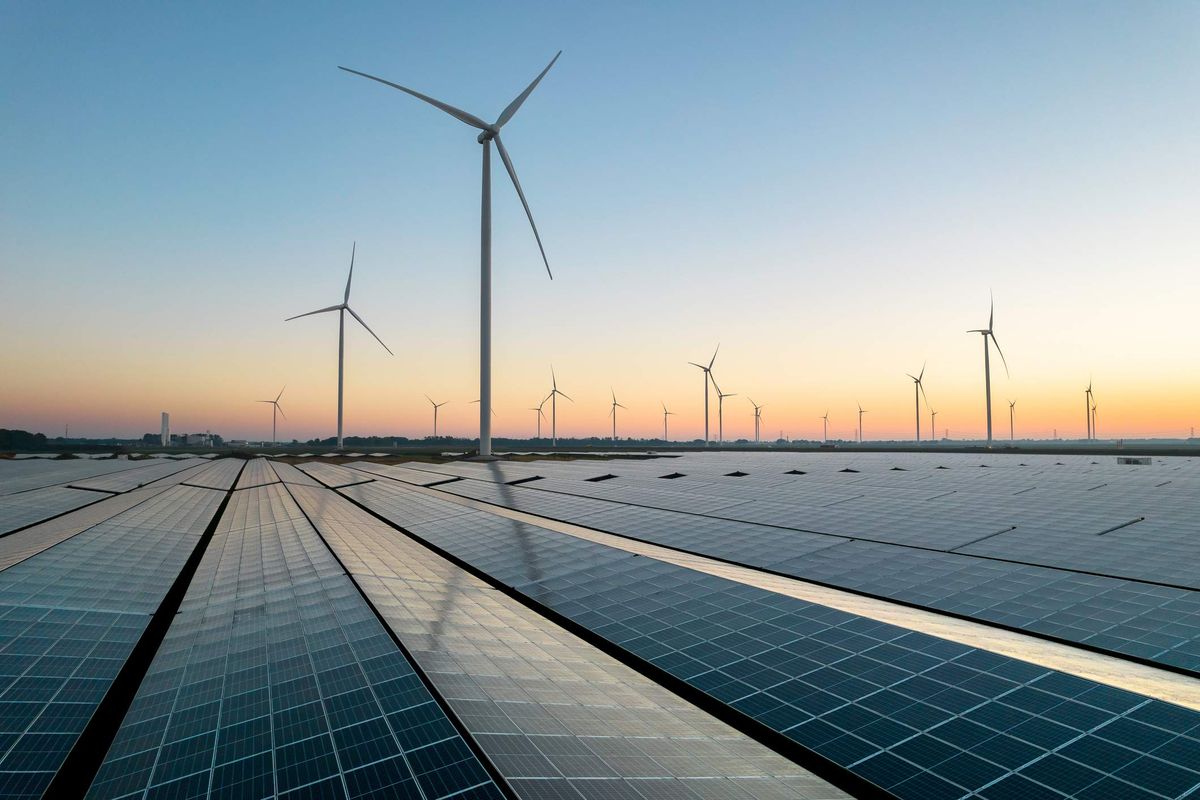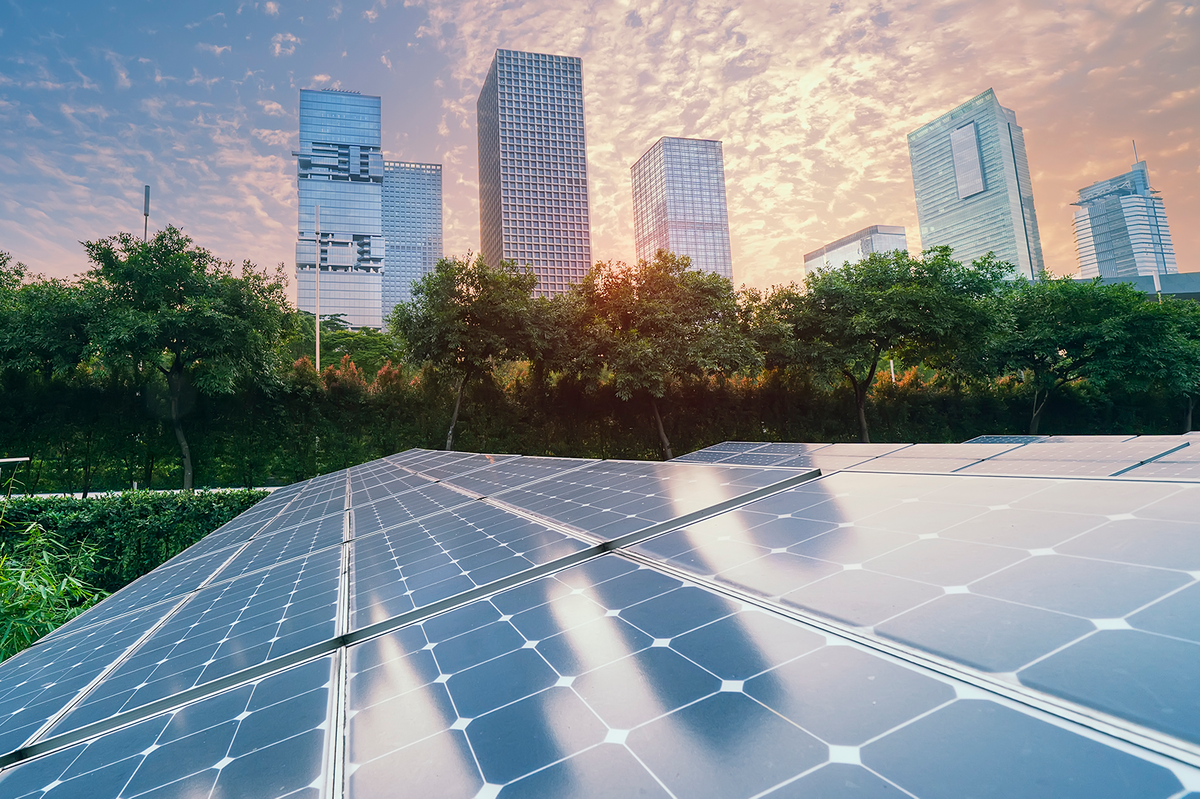ERCOT steps up grid innovation efforts to support growing power demand
grid boost
As AI data centers gobble up more electricity, the Electric Reliability Council of Texas (ERCOT) — whose grid supplies power to 90 percent of Texas — has launched an initiative to help meet challenges presented by an increasingly strained power grid.
ERCOT, based in the Austin suburb of Taylor, said its new Grid Research, Innovation, and Transformation (GRIT) initiative will tackle research and prototyping of emerging technology and concepts to “deeply understand the implications of rapid grid and technology evolution, positioning ERCOT to lead in the future energy landscape.”
“As the ERCOT grid continues to rapidly evolve, we are seeing greater interest from industry and academia to collaborate on new tools and innovative technologies to advance the reliability needs of tomorrow’s energy systems,” ERCOT President and CEO Pablo Vegas said in a news release. “These efforts will provide an opportunity to share ideas and bring new innovations forward, as we work together to lead the evolution and expansion of the electric power grid.”
In conjunction with the GRIT initiative, ERCOT launched the Research and Innovation Partnership Engagement (RIPE) program. The program enables partners to work with ERCOT on developing technology aimed at resolving grid challenges.
To capitalize on ideas for grid improvements, the organization will host its third annual ERCOT Innovation Summit on March 31 in Round Rock. The summit “brings together thought leaders across the energy research and innovation ecosystem to explore solutions that use innovation to impact grid transformation,” ERCOT said.
“As the depth of information and industry collaboration evolves, we will continue to enhance the GRIT webpages to create a dynamic and valuable resource for the broader industry to continue fostering strong collaboration and innovation with our stakeholders,” said Venkat Tirupati, ERCOT’s vice president of DevOps and grid transformation.
ERCOT’s GRIT initiative comes at a time when the U.S. is girding for heightened demand for power, due in large part to the rise of data centers catering to the AI boom.
A study released in 2024 by the Electric Power Research Institute (EPRI) predicted electricity for data centers could represent as much as 9.1 percent of total power usage in the U.S. by 2030. According to EPRI, the share of Texas electricity consumed by data centers could climb from 4.6 percent in 2023 to almost 11 percent by 2030.
A report issued in 2024 by the federal government’s Lawrence Berkeley National Laboratory envisions an even faster increase in data-center power usage. The report projected data centers will consume as much as 12 percent of U.S. electricity by 2028, up from 4.4 percent in 2023.
In 2023, the EPRI study estimated, 80 percent of the U.S. electrical load for data centers was concentrated in two states, led by Virginia and Texas. The University of Texas at Austin’s Center for Media Engagement reported in July that Texas is home to 350 data centers, second only to Virginia.
“The U.S. electricity sector is working hard to meet the growing demands of data centers, transportation electrification, crypto-mining, and industrial onshoring, while balancing decarbonization efforts,” David Porter, EPRI’s vice president of electrification and sustainable energy strategy, said. “The data center boom requires closer collaboration between large data center owners and developers, utilities, government, and other stakeholders to ensure that we can power the needs of AI while maintaining reliable, affordable power to all customers.”










